
The House of Este is a European dynasty of North Italian origin whose members ruled parts of Italy and Germany for many centuries.

The Duchy of Modena and Reggio was an Italian state created in 1452 located in Northwestern Italy, in the present day region of Emilia-Romagna. It was ruled since its establishment by the noble House of Este, and since 1814 by the Austria-Este branch of the family. The Este dynasty was a great sponsor of the arts, making the Duchy a cultural reference during the Renaissance and Baroque periods.

This is a list of rulers of the estates owned by the Este family, which main line of Marquesses rose in 1039 with Albert Azzo II, Margrave of Milan. The name "Este" is related to the city where the family came from, Este.

The Duchy of Massa and Principality of Carrara was a small state that controlled the towns of Massa and Carrara from 1473 until 1836.

Palazzo Schifanoia is a Renaissance palace in Ferrara, Emilia-Romagna (Italy) built for the Este family. The name "Schifanoia" is thought to originate from "schifare la noia" meaning literally to "escape from boredom" which describes accurately the original intention of the palazzo and the other villas in close proximity where the Este court relaxed. The highlights of its decorations are the allegorical frescoes with details in tempera by or after Francesco del Cossa and Cosmè Tura, executed ca 1469–70, a unique survival of their time.

The Duchy of Ferrara was a state in what is now northern Italy. It consisted of about 1,100 km2 south of the lower Po River, stretching to the valley of the lower Reno River, including the city of Ferrara. The territory that was part of the Duchy was ruled by the House of Este from 1146 to 1597.

Campogalliano is a comune (municipality) of 8.804 inhabitants in the Province of Modena in the Italian region Emilia-Romagna, located about 45 kilometres (28 mi) northwest of Bologna and about 8 kilometres (5 mi) northwest of Modena.

Palazzo dei Diamanti is a Renaissance palace located on Corso Ercole I d'Este 21 in Ferrara, region of Emilia Romagna, Italy. The main floor of the Palace houses the Pinacoteca Nazionale di Ferrara.
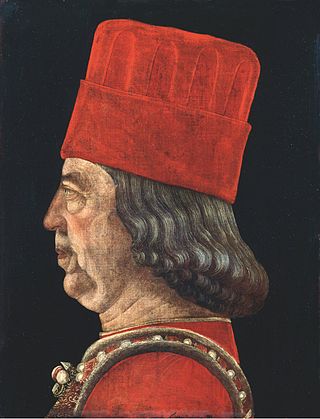
Borso d'Este was the duke of Ferrara the first duke of Modena, which he ruled from 1450 until his death. He was a member of the House of Este.
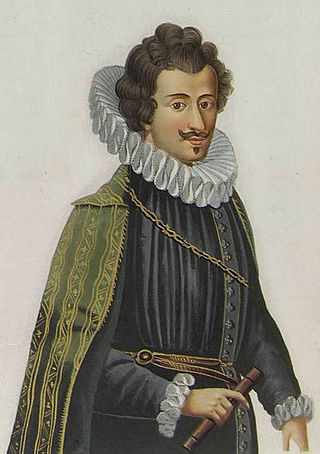
Alfonso III d'Este was Duke of Modena and Reggio from 1628 to 1629. He was the husband of Princess Isabella of Savoy, daughter of Charles Emmanuel I, Duke of Savoy and his wife Infanta Catherine Michelle of Spain.

Niccolò III d'Este was Marquess of Ferrara from 1393 until his death. He was also a condottiero.

Ercole I d'Este KG was Duke of Ferrara from 1471 until 1505. He was a member of the House of Este. He was nicknamed North Wind and The Diamond.
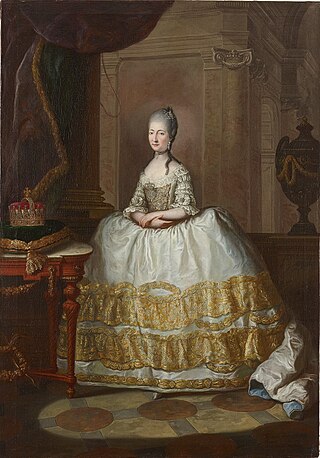
Maria Beatrice d'Este was the last descendant of the House of Este, of the House of Cybo-Malaspina and, through her maternal grandmother Ricciarda, also of the House of Gonzaga of Novellara and Bagnolo. Ducal princess of Modena and Reggio, she became the sovereign duchess of Massa and Carrara from 1790 until 1796 and from 1815 until her death in 1829. Through her marriage, she was co-founder of the new House of Austria-Este.
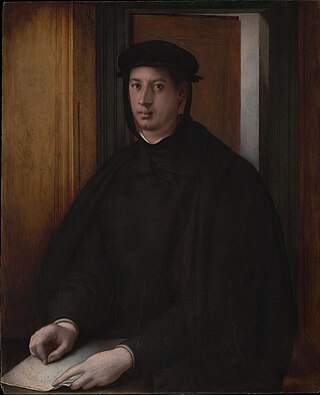
Taddea Malaspina was an Italian noblewoman of the 16th century. A scion of the Massa branch of the ancient Malaspina family, she was the mistress of Alessandro de' Medici, Duke of Florence, from the early 1530s to about 1537 and was likely the mother of at least two of his children, Giulio and Giulia de' Medici. Giulio de' Medici was associated with the Malaspina family at different points throughout his life.

Tito Vespasiano Strozzi was an Italian Renaissance poet at the Este court of Ferrara, who figures as an interlocutor in Angelo Decembrio's De politia litteraria.

Maria Teresa Cybo-Malaspina was sovereign Duchess of Massa and Princess of Carrara from 1731 until her death in 1790. From 1780, she also formally held the title of Duchess consort of Modena and Reggio as the wife Ercole III d'Este.

Gigliola da Carrara (1379–1416) was the Marchioness of Ferrara, daughter of Francesco Novello da Carrara, lord of Padua, son of Francesco I da Carrara, and Taddea d'Este.
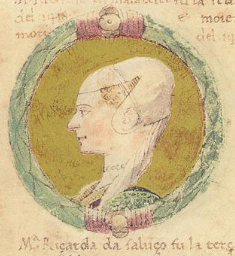
Ricciardia, Marchioness of Saluzzo was an Italian noblewoman. She was the daughter of Thomas III, Marquess of Saluzzo and his French wife Marguerite de Pierrepont, daughter of Ugo II de Pierrepont, count of Roncy and Braine.
Sigismondo d'Este may refer to:

Marfisa d'Este was a Ferrarese noblewoman. She was the illegitimate daughter of Francesco d'Este and Maria Folch de Cardona. She and her sister Bradamante were legitimised by both pope Gregory XIII and Alfonso II d'Este. She was also notable as a patron of the arts and the protector of Torquato Tasso.


















